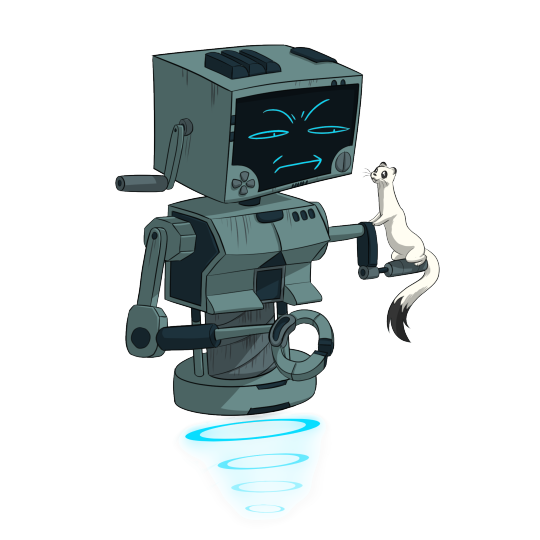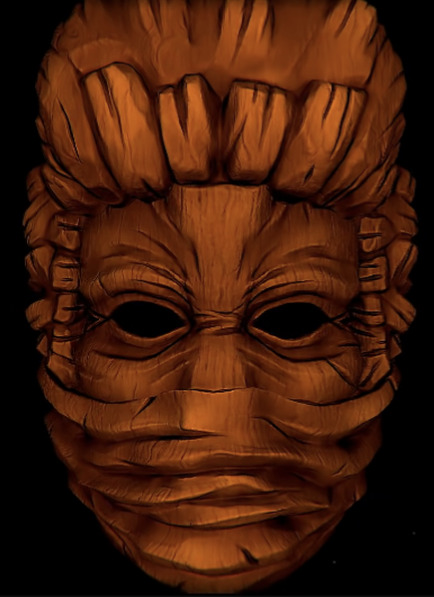#inscription
Explore tagged Tumblr posts
Text

~ Ring Inscribed with Hieroglyphs.
Place of origin: Egypt
Date: 305–30 B.C.
Medium: Gold
▪︎ From the source: Upon death, people who were thought to have lived moral lives were reborn in the afterlife as a form of the god Osiris. This ring is inscribed with the title “Osiris,” followed by the owner’s names and titles, attesting to his faith that he would become one with the god after death.
#ancient#ancient art#history#museum#archeology#ancient egypt#ancient history#archaeology#ancient jewelry#jewelry#ring#inscription#hieroglyph#osiris#gold#305 b.c.#30 b.c.#ring inscribed with hieroglyphs
2K notes
·
View notes
Text

Viking Gritstone Plaque, The Yorkshire Museum, York
Many of York's Viking residents converted from paganism to Christianity. Some even became benefactors of their new faith.
This plaque names two people who paid for the construction of a church; an expensive feat. Their Scandinavian names - Grim and Aese - are clearly visible.
#viking#vikings#stone#archaeology#ancient living#ancient cultures#ancient craft#Inscription#dedication#church#early religion#early beliefs#York#Yorkshire#plaque
226 notes
·
View notes
Text

Played Inscription a couple weeks ago and I love the angy nerd robot Po3 my beloved, you can hack my computer whenever ya want UwU ♥♥♥
#digital art#inscription#inscription game#inscryption po3#po3#inscryption p03#inscryption#inscryption fanart#Inscryption#p03 fanart#p03 inscryption#hes so GRUMPY#I love him#not forsakeing sun and moon btw just sharing my love for all robo nerds#my art#lochnessyzmonster
93 notes
·
View notes
Text

Inscriptions on the wall of Karnak Temple in Luxor, Egypt
#hatshepsut#karnak temple#el karnak#luxor#egypt#africa#egyptology#ancient egypt#karnak temple complex#travel#wanderlust#history#antiquity#inscription#ancient#ancient art#archeology#ancient history#archaeology#original photographers#photographers on tumblr
123 notes
·
View notes
Text

Roman magical nails
3rd-4th century CE
British Museum
London, July 2022
#Magic#Ancient Rome#Roman#nail#inscription#bronze#3rd century CE#4th century CE#British Museum#my photo
860 notes
·
View notes
Text

had to edit it so it could upload to tumblr so its janky don't say anything istg
Flawed Peacock: The Story so Far
brilliant essay/analysis youtuber, cant recommend enough
#fanart#flaw peacock#flawed peacock#yt#the king in yellow#her story#immortality#the hex#love sam#susperia#inscription#faith the unholy trinity#pony island#skinamarink#jennifers body#whos lila#home safety hotline#sonic adventure
86 notes
·
View notes
Text

there's never enough-
12/5/24
44 notes
·
View notes
Text

Votive stele with Sabaean inscription adressed to the moon-god Almaqah, mentioning five South Arabian gods, two reigning sovereigns and two governors; alabaster, ca. 700 BCE, Yemen.
108 notes
·
View notes
Text

Lady at the Virginals with a Gentleman
Artist: Johannes Vermeer (Dutch, 1632-1675)
Date: Early 1660's
Medium: Oil on canvas
Collection: Royal Collection Trust, United Kingdom
Description
The inscription on the lid of the virginal, MUSICA LETITIAE CO[ME]S / MEDICINA DOLOR[IS], means 'Music is a companion in pleasure and a balm in sorrow.' It suggests that it is the relationship between the man and the young woman that is being explored by the artist, but what stage that relationship has reached is impossible to say. The fact that there are two musical instruments implies shared pleasures and a potential harmony, which is also indicated by the rapt expression on the man's face as he listens to the young woman or sings as she plays on the virginal.
The mood of the present interior by Vermeer is created as much by the careful selection of so few objects as by the confrontation of the two figures in whose plight, in the words of Lawrence Gowing, 'there rests, as gentle as the air itself, an allegory of liberty and bondage, an allegory, as the inscription informs us, of the pleasure and melancholy of love'.
#artwork#painting#fine art#oil on canvas#genre art#interior scene#man#woman#virginal#inscription#windows#music#table#vase#artworks#wood beams#shutters#tableclth#dutch culture#dutch art#johannes vermeer#dutch painter#european art#17th century painting#royal collection trust
21 notes
·
View notes
Text

Po3 Art!
26 notes
·
View notes
Text


Two Roman Milestones, Dales Countryside Museum, Hawes, Yorkshire Dales
#romans#roman empire#archaeology#stonework#Inscription#ancient cultures#ancient crafts#ancient living#landscape#Yorkshire Dales#roman britain#roman army#roman building
96 notes
·
View notes
Text
Ok this is important
Whose the sexiest act 1 Boss of Inscryption?


Whose gonna be Inscryptions next top model?
#no baldness no extra options#just pick one#my husband posed the question and i figured Tumblr would know#inscryption#scribes#inscription#inscryption prospector#inscryption angler#Inscryption trapper#inscryption trader#leshy#Inscryption leshy#phase 1#act 1
20 notes
·
View notes
Text

I am making inscription playing field for my friend's birthday
34 notes
·
View notes
Text

Wool merchant Titus Aelius Evangelus
* Ostia Antica
* 2nd century CE
* Medelhavsmuseet, Stockholm
Stockholm, November 2023
58 notes
·
View notes
Text
be careful with this granny...

17 notes
·
View notes
Text

Chalcidian Ware: Black-figured pottery found in Etruria and the Chalcidian colony of Rhegium (modern Reggio) in Italy. The style included lettering of the inscriptions as part of the decoration. Learn more https://www.archaeologs.com/w/chalcidian-ware/
#archaeologs#archaeology#archaeological#dictionary#history#art#chalcidian#ware#chalcidian ware#black-figured#pottery#etruria#rhegium#reggio#italy#ancient pottery#inscription#decoration#arkeoloji#tarih#sanat
24 notes
·
View notes